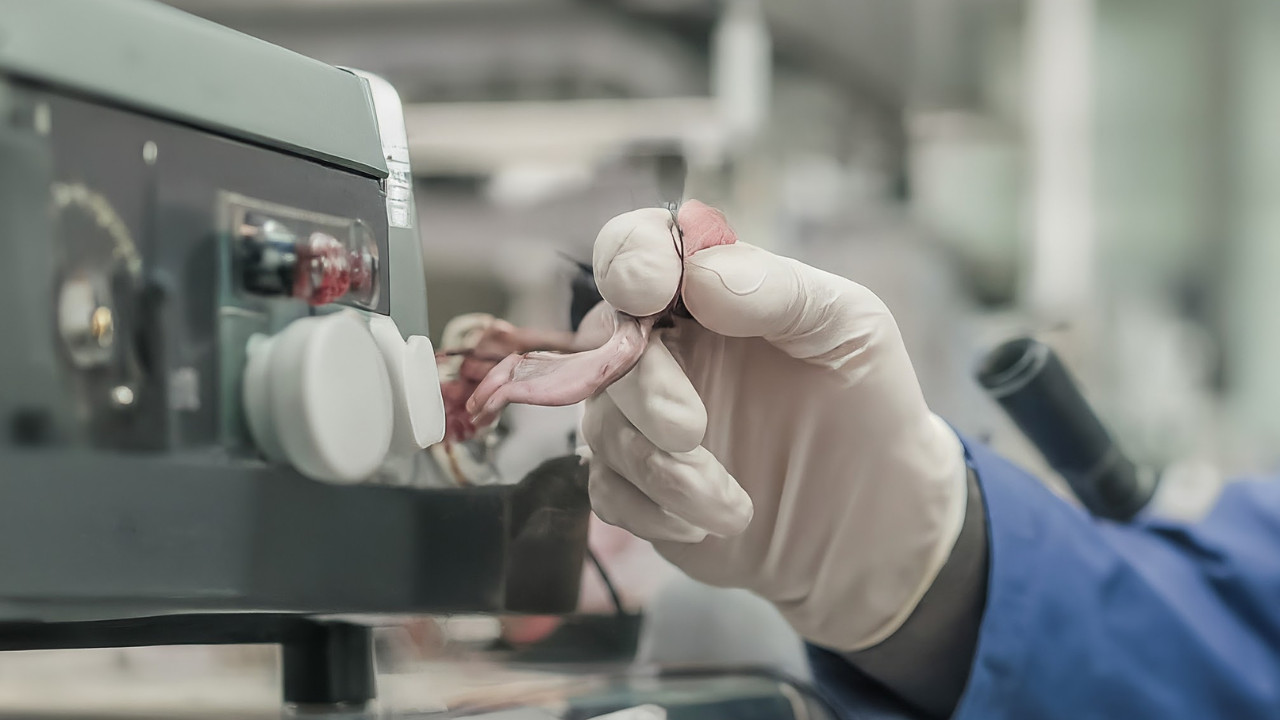Plug Pulled (For Now): Why Your Electrical Appliances Get a Quality Control Reprieve
Okay, let’s talk about something that might seem a little dry on the surface – quality control orders for electrical appliances. Stick with me, though, because this impacts everything from the toaster you use every morning to the fan that’s keeping you cool right now. The government’s been planning a stricter regime for these things, making sure they meet certain safety and performance standards before they can even hit the shelves.
The original plan was to roll out these mandatory quality control orders (QCOs) pretty soon, bringing a new level of scrutiny to the manufacturing and import of electrical goods. Think of it as a tougher set of rules designed to protect us from dodgy wiring, inefficient designs, and potentially hazardous appliances. Makes sense, right?
Well, hold your horses. The Ministry of Commerce and Industry just announced a significant shift in the timeline. That grand rollout? It’s been pushed back. Way back. We’re now looking at March 2026 as the new deadline.
So, what happened? Why the delay?
Apparently, a lot of talking happened. The official line is that the postponement followed “extensive consultations” with various stakeholders – manufacturers, importers, industry associations, and even consumer groups. And, frankly, that’s a good thing. Policy changes like this shouldn’t happen in a vacuum. You need to hear from the people who will be directly affected.
Now, between the lines, what I suspect is that there were some real concerns being raised. Implementing stringent quality control isn’t as simple as flipping a switch. It involves setting up testing infrastructure, getting labs accredited, and, crucially, giving manufacturers enough time to adjust their processes and supply chains.
For smaller players, in particular, complying with these new regulations could be a significant challenge. They might need to invest in new equipment, retrain their staff, or even completely overhaul their manufacturing processes. That takes time, money, and resources that they may not readily have. And if they can’t meet the standards? They risk being priced out of the market, which would be a blow to competition and potentially lead to job losses.
Larger manufacturers, especially those already exporting to countries with strict regulations, are likely better positioned to adapt. However, even they might have faced logistical hurdles in terms of scaling up their production processes to meet the new standards across their entire range of products.
The delay also acknowledges the potential impact on consumers. While the long-term goal is to provide better quality and safer products, a sudden and drastic change could lead to price increases. If manufacturers have to invest heavily in compliance, they’re likely to pass at least some of those costs onto the consumer. And in a price-sensitive market like India, that’s a real consideration.
So, what does this postponement really mean? Is it good news or bad news?
Well, it’s a bit of both. On the one hand, it gives the industry more breathing room to prepare, which hopefully translates to a smoother transition and avoids any major disruptions in the supply of electrical appliances. It also gives the government time to fine-tune the regulations, address any remaining concerns, and ensure that the implementation is fair and equitable.
On the other hand, it means that we’ll have to wait a little longer for that extra layer of assurance when buying electrical goods. We’ll have to continue relying on existing certification schemes and, of course, our own judgment when making purchasing decisions.
What’s interesting, though, is that this delay might actually lead to a better outcome in the long run. A rushed implementation could have resulted in unintended consequences, like a surge in non-compliant products flooding the market before the deadline, or a sudden price spike that hurts consumers. By taking the time to get it right, the government hopefully avoids these pitfalls.
Ultimately, the goal is to create a level playing field where all manufacturers are held to the same standards, consumers are protected, and the industry as a whole is driven towards innovation and quality.
The next two years are crucial. The government needs to use this time wisely, engaging with stakeholders, providing support to smaller businesses, and ensuring that the necessary infrastructure is in place. And manufacturers need to start preparing now, if they haven’t already. Waiting until the last minute is a recipe for disaster.
So, keep an eye on your appliances, do your research before buying, and let’s hope that when March 2026 rolls around, we’ll be plugging into a safer and more reliable electrical future. Let’s see if this extra time turns out to be a well-utilized period for improvements that benefit everyone.
📬 Stay informed — follow us for more insightful updates!







